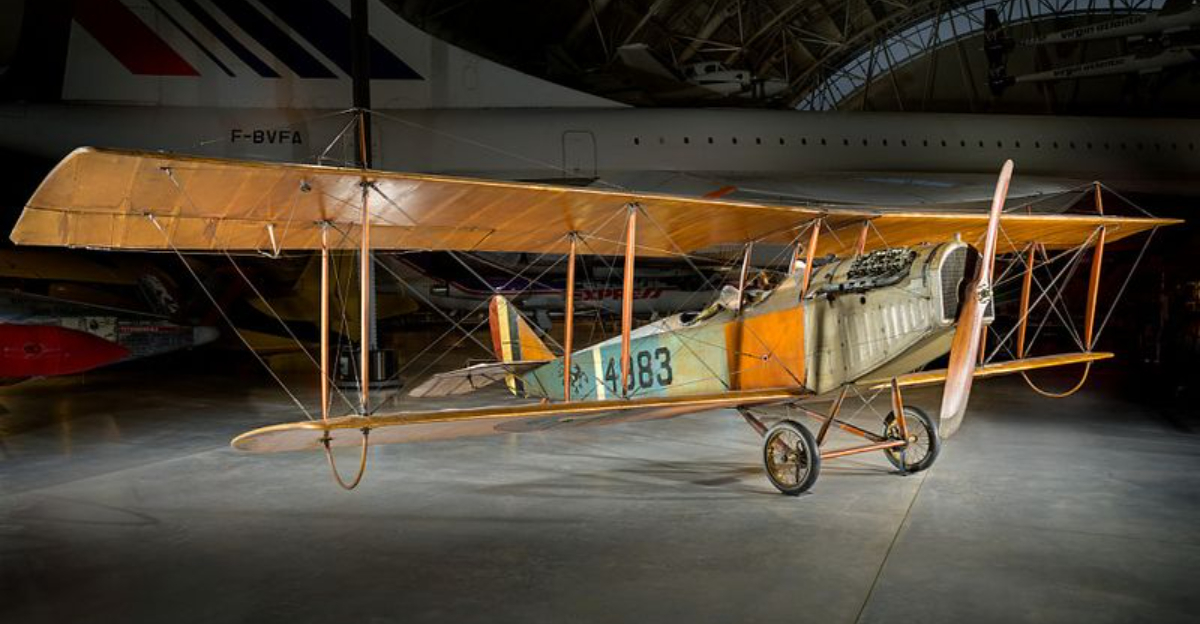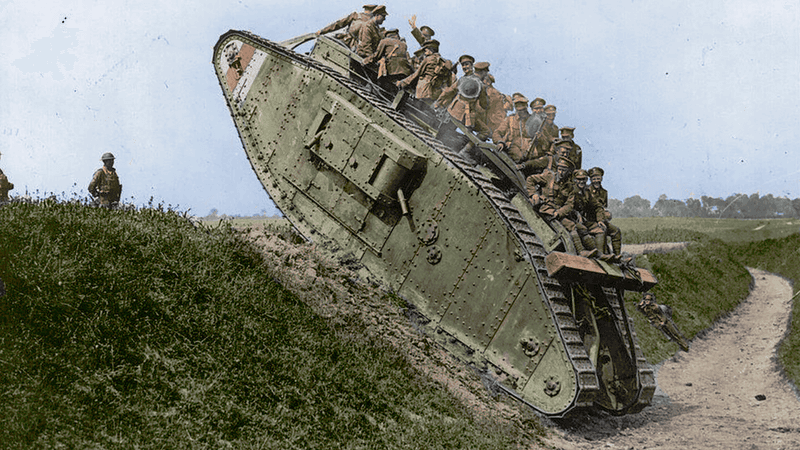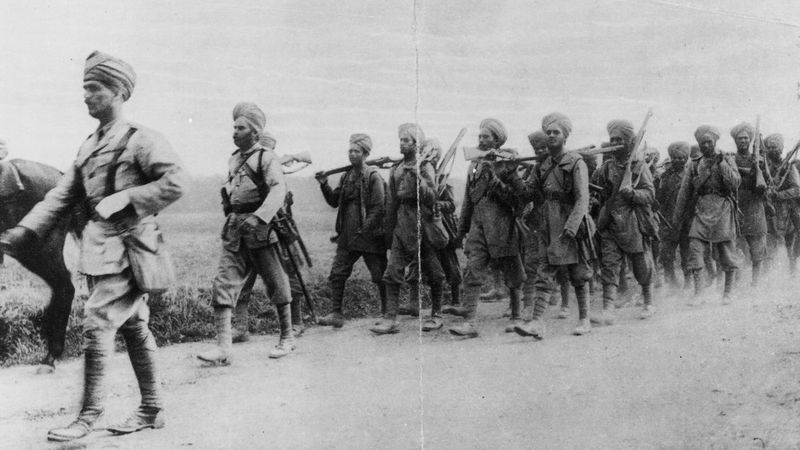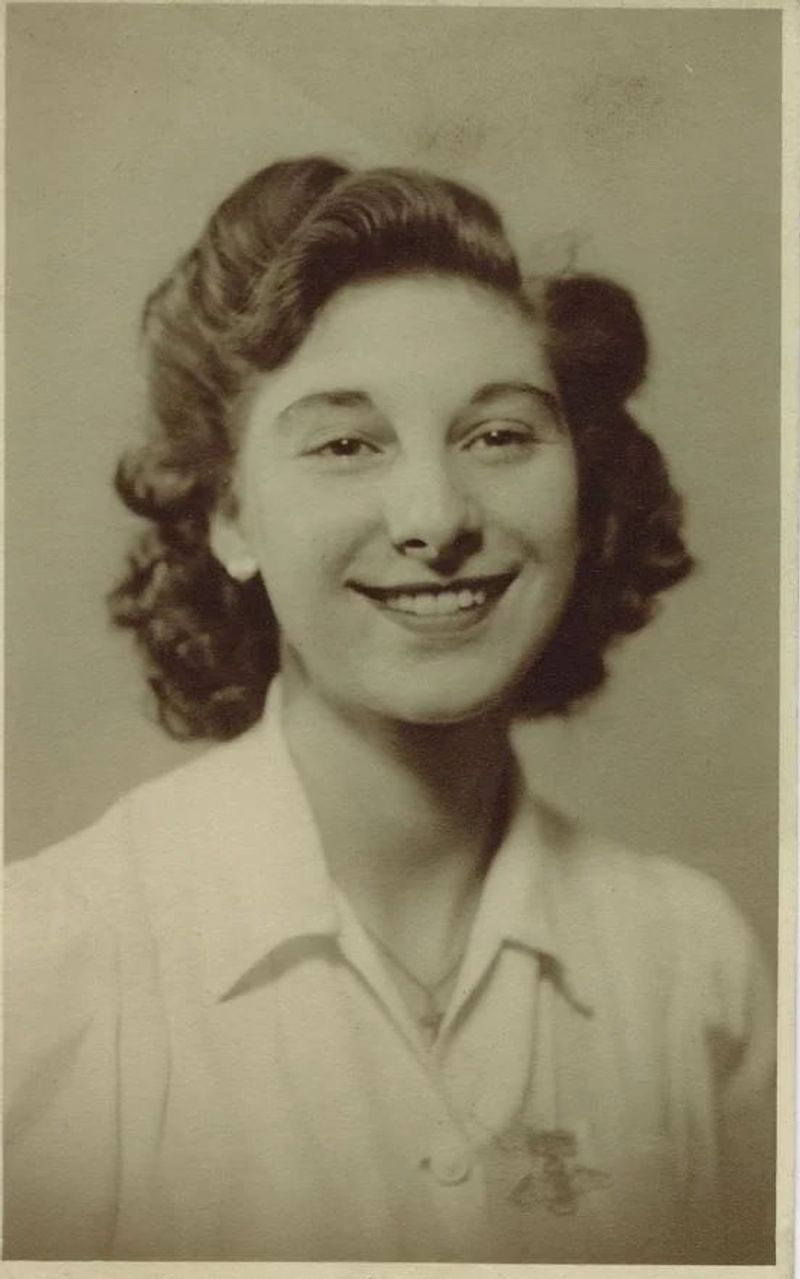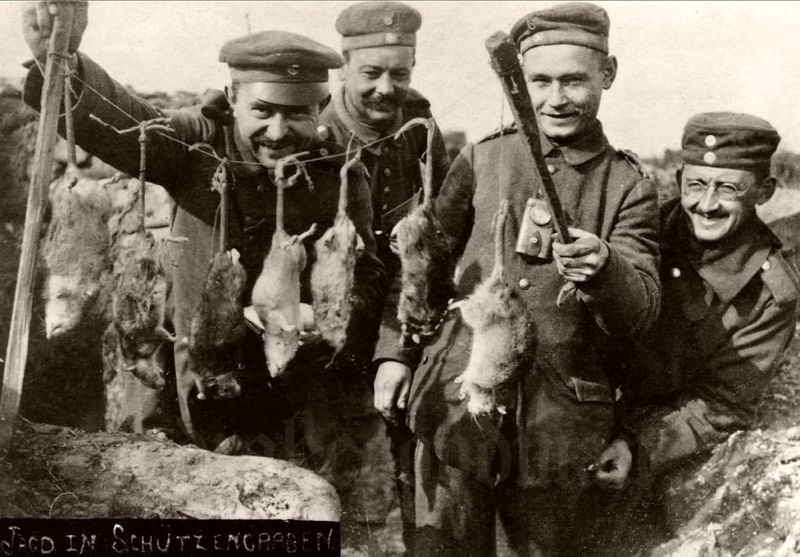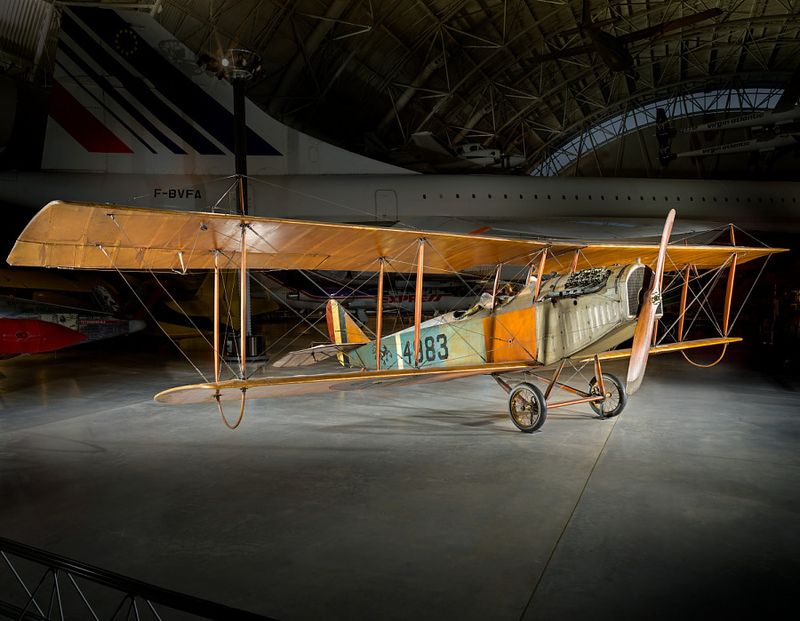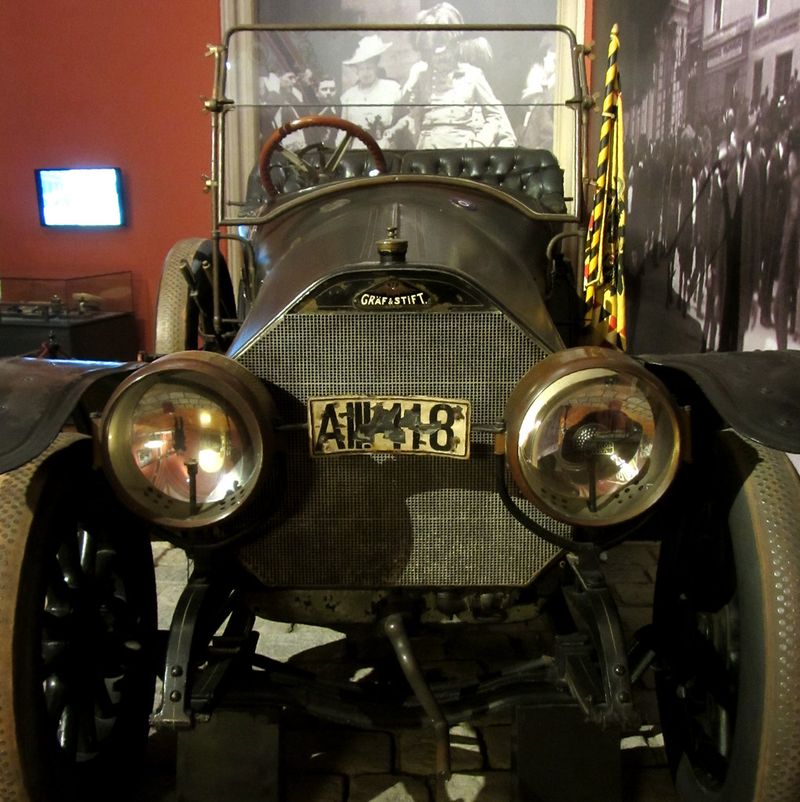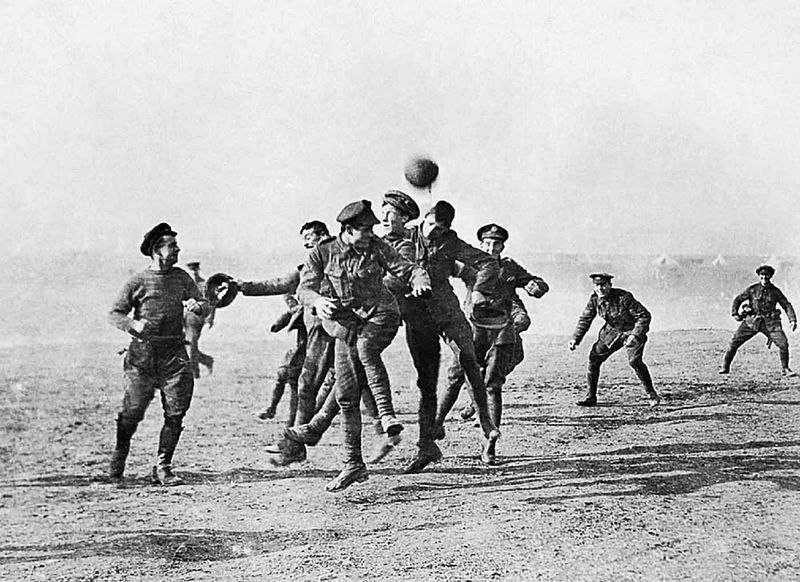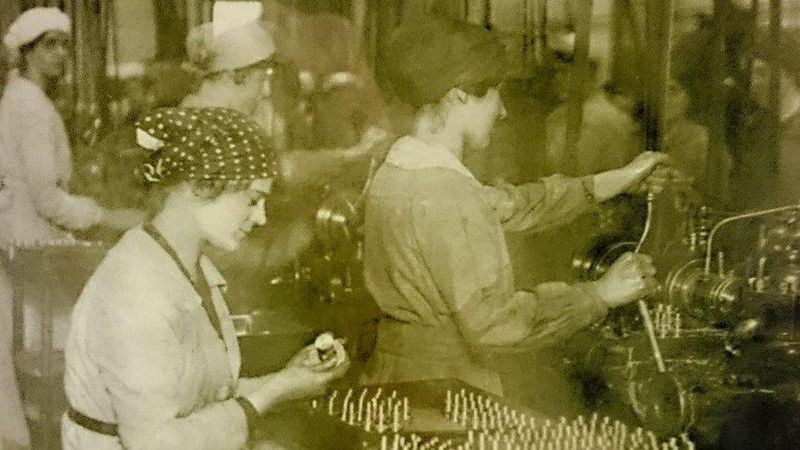World War I changed our world forever, but many fascinating stories remain hidden in history’s shadows. Between 1914 and 1918, extraordinary events unfolded that rarely make it into our history textbooks.
From unusual military tactics to surprising social movements, these lesser-known facts reveal a different side of the Great War that you probably never learned in school.
1. Tanks Had Genders
British military engineers created an unusual classification system for their newly invented war machines. Early tanks weren’t just called by model numbers – they were divided into “male” and “female” categories based on their weaponry.
Male tanks carried heavy cannons designed to destroy enemy fortifications and other tanks. Female tanks, meanwhile, were equipped with multiple machine guns, making them better suited for fighting against infantry soldiers.
This gendered naming system continued throughout the war, with some later models even being called “hermaphrodites” because they carried both types of weapons! The strange classification shows how new and experimental tank technology was during WWI.
2. Indian Soldiers Joined the Christmas Truce
The famous Christmas Truce of 1914 wasn’t just between British and German troops. Recently discovered evidence shows Indian soldiers also participated in this remarkable moment of humanity amid the horror of war.
Indian troops from the British Empire shared exotic gifts like spice tins with German soldiers during the unofficial ceasefire. While European soldiers exchanged cigarettes and played football, Indian soldiers contributed their own cultural touches to this extraordinary event.
Many history books overlook this multicultural aspect of the truce. The participation of Indian troops highlights how truly global the First World War was, with soldiers from diverse backgrounds finding common ground during a brief pause in the fighting.
3. Dorothy Lawrence’s Daring Disguise
Twenty-year-old English journalist Dorothy Lawrence refused to be limited by gender restrictions during wartime. Determined to report from the front lines where female journalists were forbidden, she took drastic measures in 1915.
Lawrence cut her hair, bound her chest, darkened her skin with furniture polish, and adopted a male soldier’s uniform and identity. She successfully infiltrated the front lines and became the only known Englishwoman to serve there during WWI.
Her deception lasted only ten days before she fell ill and confessed her true identity to military authorities. The army, fearing she might be a spy, swore her to secrecy until after the war ended. Her remarkable story remained largely unknown for decades.
4. The Only Attack on American Soil
Most Americans think the mainland United States was safely distant from WWI fighting. Few know that German forces actually attacked American soil during the conflict!
On July 21, 1918, the German submarine U-156 surfaced near Orleans, Massachusetts, on Cape Cod. The U-boat fired on a tugboat and four barges, sinking three vessels before disappearing back into the Atlantic Ocean.
Though this small attack caused minimal damage and no deaths, it created panic along the East Coast. Local residents reported seeing German soldiers coming ashore (which never happened), and beaches were temporarily closed. This little-remembered incident remains the only direct German military attack on the continental United States during World War I.
5. Trench Rats Grew to Monstrous Size
The trenches of WWI created perfect conditions for an unexpected enemy: rats. These weren’t ordinary rodents – they grew to monstrous sizes, some reportedly as big as cats! With endless food sources from discarded rations and, horrifyingly, human remains, rat populations exploded.
Soldiers described waking to rats crawling across their faces or finding them burrowing into the bodies of fallen comrades. Beyond the psychological terror they caused, these rats spread diseases like trench fever through the lice that lived on them.
Killing these pests became an obsession for many soldiers. Units held rat-hunting competitions, with prizes for the most kills. Some men even trained terrier dogs and brought them to the front specifically to battle this unexpected enemy.
6. The White Feather Shame Campaign
A psychological warfare campaign emerged on the home front in Britain during WWI, targeting men who weren’t in uniform. The White Feather Campaign, started by Admiral Charles Fitzgerald, encouraged women to hand white feathers to civilian men as symbols of cowardice.
Young women would approach any man not in military uniform and silently present him with the feather. The public humiliation was designed to pressure men into enlisting.
The campaign had cruel unintended consequences. Men who had been honorably discharged due to injuries, those in essential civilian jobs, and even those on leave from the front received feathers. Government officials eventually created special pins for men in important civilian roles to wear, protecting them from this misguided patriotic shaming.
7. The Jenny’s Peaceful War Legacy
The Curtiss JN-4 “Jenny” biplane never fired a shot in World War I combat, yet it might be one of the conflict’s most influential aircraft. This unassuming training plane taught thousands of American pilots to fly during the war.
After the armistice, the U.S. government sold its surplus Jennys to civilians for bargain prices – some for as little as $200 (roughly $3,000 today). This flooded America with affordable aircraft and trained pilots looking for work.
Former military aviators used these planes to pioneer commercial aviation, barnstorming across rural America performing aerial stunts, offering rides, and delivering the first airmail. The Jenny essentially democratized flight, transforming aviation from a military technology into a civilian industry that would forever change transportation.
8. Franz Ferdinand’s Eerie License Plate Coincidence
Sometimes history produces coincidences so strange they seem impossible. The assassination of Archduke Franz Ferdinand sparked World War I on June 28, 1914. What many don’t know is the bizarre connection between his car and the war’s end.
The license plate on the Archduke’s car read “A 111 118” – which looks remarkably like the date the war would eventually end: Armistice Day, 11/11/18 (November 11, 1918). This chilling numerical alignment wasn’t noticed until years after the war.
Some dismiss this as mere coincidence, while others see it as an almost supernatural foreshadowing. Whatever your belief, it remains one of history’s strangest coincidences that the car carrying the man whose death started the war somehow predicted the exact date the conflict would end.
9. Football Matches in No Man’s Land
The most heartwarming moment of WWI happened during the first Christmas of the war. Along parts of the Western Front, something miraculous occurred – enemy soldiers stopped trying to kill each other.
The Christmas Truce of 1914 began with German soldiers placing candles on their trenches and singing carols. British troops responded with their own songs. Eventually, soldiers from both sides cautiously emerged, meeting in no man’s land to exchange small gifts like buttons, hats, and cigarettes.
Most famously, impromptu football (soccer) matches broke out between the enemies. Using helmets as goalposts and whatever could serve as a ball, British and German soldiers briefly became teammates and competitors rather than enemies. Military leaders, fearing such fraternization would decrease fighting spirit, ensured no similar truce occurred in later years.
10. The Yellow-Skinned “Canary Girls”
The war effort transformed thousands of British women into living warning signs. As men left for the front, women took factory jobs manufacturing TNT explosives for shells. The toxic chemicals turned their skin bright yellow, earning them the nickname “Canary Girls.”
This wasn’t just a cosmetic issue. The chemical exposure caused serious health problems including liver damage, throat infections, and painful skin eruptions. Some women even gave birth to yellow-tinted babies, though the discoloration usually faded.
Despite knowing the dangers, these women continued their vital work. Their yellow skin became a badge of patriotism, showing everyone their contribution to the war effort. The Canary Girls represent the often-overlooked sacrifices made by women during WWI, whose bodies literally changed to support their country.
